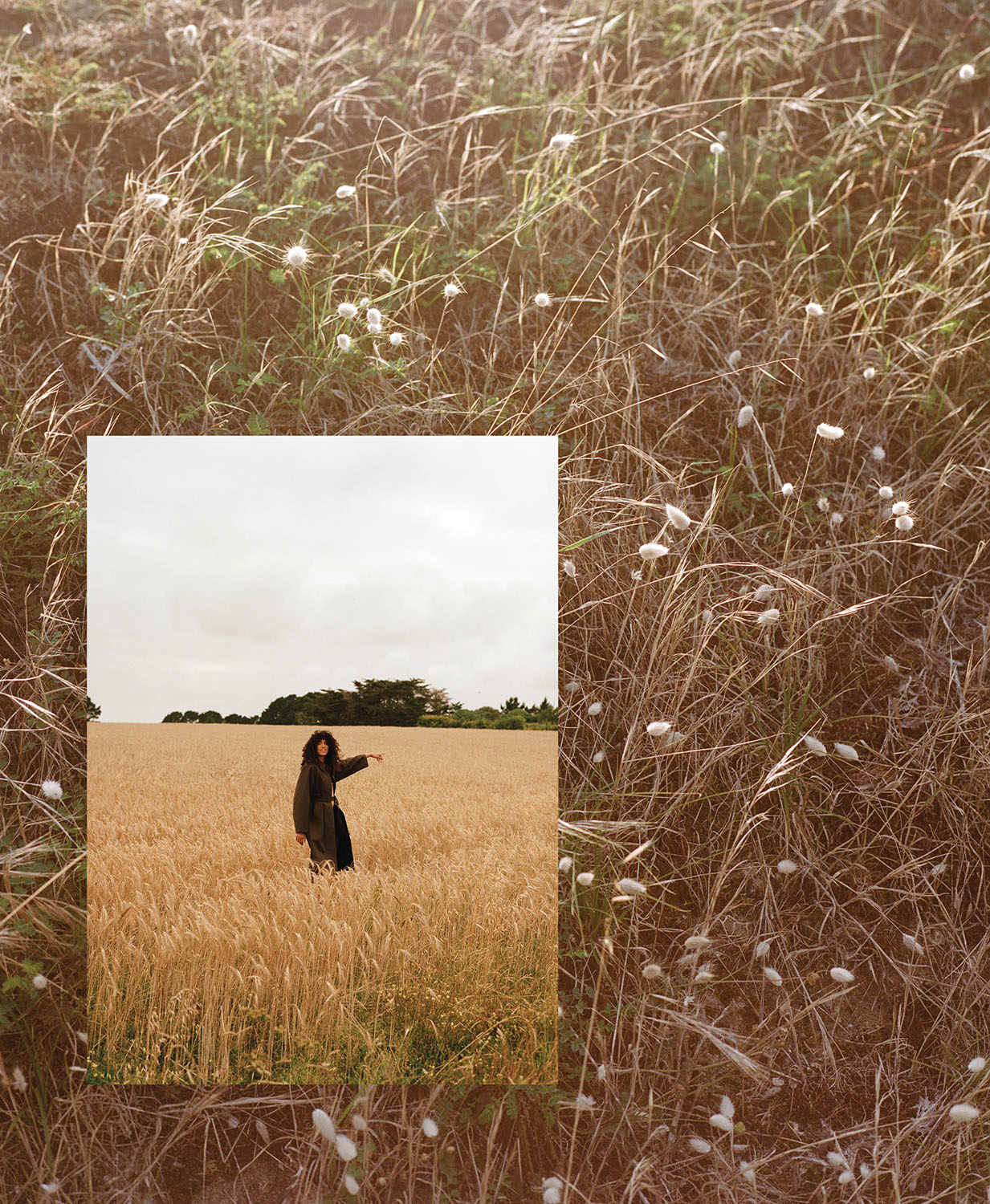Edna Bonhomme’s work has been published in the Atlantic, Esquire, the Guardian, the London Review of Books, and the Nation, among others. She is coeditor of After Sex (Silver, 2023) and the author of the forthcoming A History of the World in Six Plagues (Simon...

